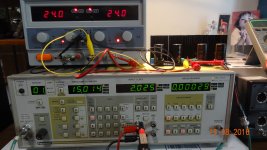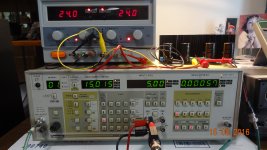The THD did not change with PS voltage from 18 to 24vdc.
Here is the THD for 15KHz and 2v and 5v rms into 60 Ohm load:
View attachment 564894
View attachment 564895
THx-RNMarsh
Why do you test it onto 60 Ohm, low impedance headphones are 32 Ohm mostly?
Why do you test it onto 60 Ohm, low impedance headphones are 32 Ohm mostly?
Because I asked him to do these measurements with 60 Ohm load - mainly due to the fact that I did my simulations with such a load and wanted to know if there's correlation between simulated and measured results.
If you're curious about measured data with lower loads, please see the previous page - Mr. Marsh gave to us measured results even with 8 Ohm load.
Because I asked him to do these measurements with 60 Ohm load - mainly due to the fact that I did my simulations with such a load and wanted to know if there's correlation between simulated and measured results.
If you're curious about measured data with lower loads, please see the previous page - Mr. Marsh gave to us measured results even with 8 Ohm load.
Some smartphone/portable phones have 5-10 Ohm!
Hi there, Im curious if you could help me describe how does this headphone amplifier sound (or not sound)?
Is it powerful enough to drive a pair of Sennheiser H800s headphones?
Thanks
Hi Mikael,
It is hard for me to describe sound, but I can say the sound is fast, clear and with lots of impact.
A friend of mine who likes Deep Purple told me after a short listening session with this amp and my Audeze LCD-2:
The headphone amplifier is powered by +/- 24V regulated PSU. If we accept the max. output voltage before clipping of 18V, it means approx. 0.8W over 300 Ohm load (which is the impedance of HD-800).I've listened these songs through the years and know exactly every sound but now I can hear every instrument in detail without losing the whole musical picture.
Yeah, but they are usually fed by subsequent amplifiersSome smartphone/portable phones have 5-10 Ohm!
The overall standing current of the output transistors is 120mA (60 +60), so the amplifier can deliver to the load up to 240 mA STAYING IN CLASS A. You can calculate what is the output power over 5-10 Ohm and if this is enough for enjoyable musical experience.
Since some interest was declared today I did some measurements of a successor of this schematic using my RTX6001.
Measuring THD at 1 kHz is not interested for me so I measured THD at 10 and 20 kHz and also did an IMD measurement with 19 and 20 kHz.
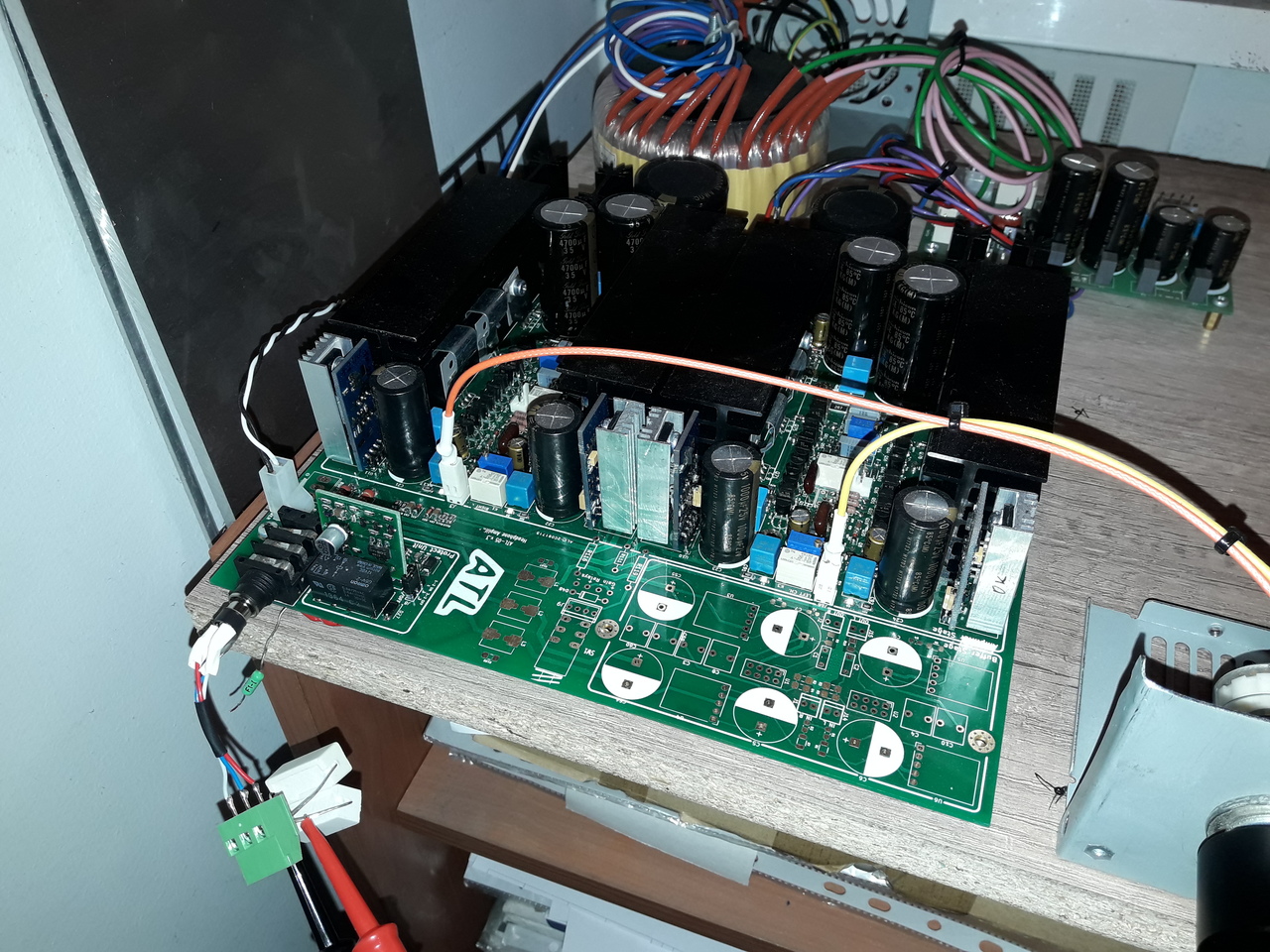
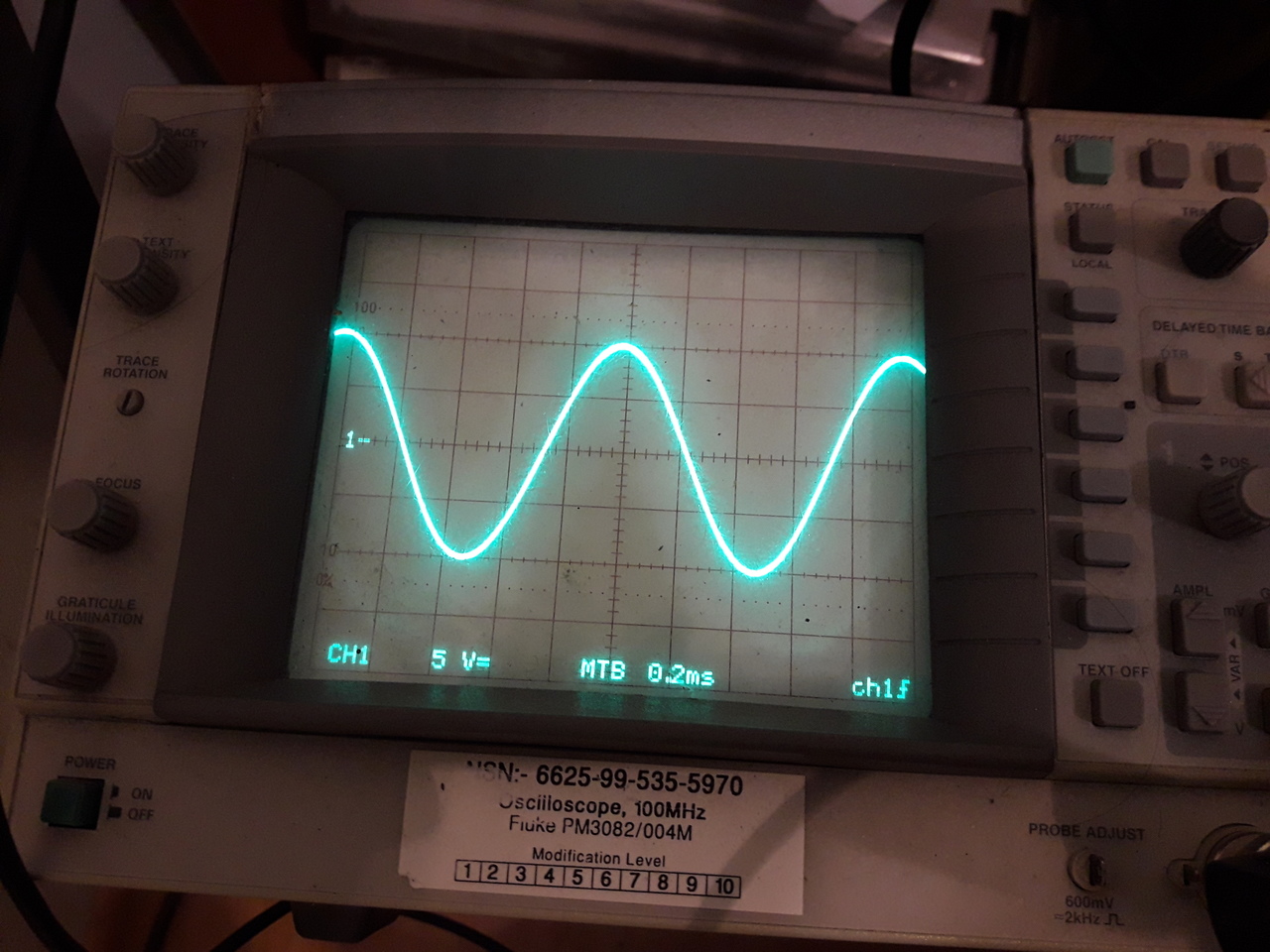

The output amplitude was 10V, the load - 48 Ohm (68 Ohm || 150 Ohm). My idea was to do the measurements with 34 Ohm load (2 x 68 Ohm) but at the end it turned out that one resistors was 150 Ohm. I will do the measurements again (of course if there's an interest about), this time with even lower loads.
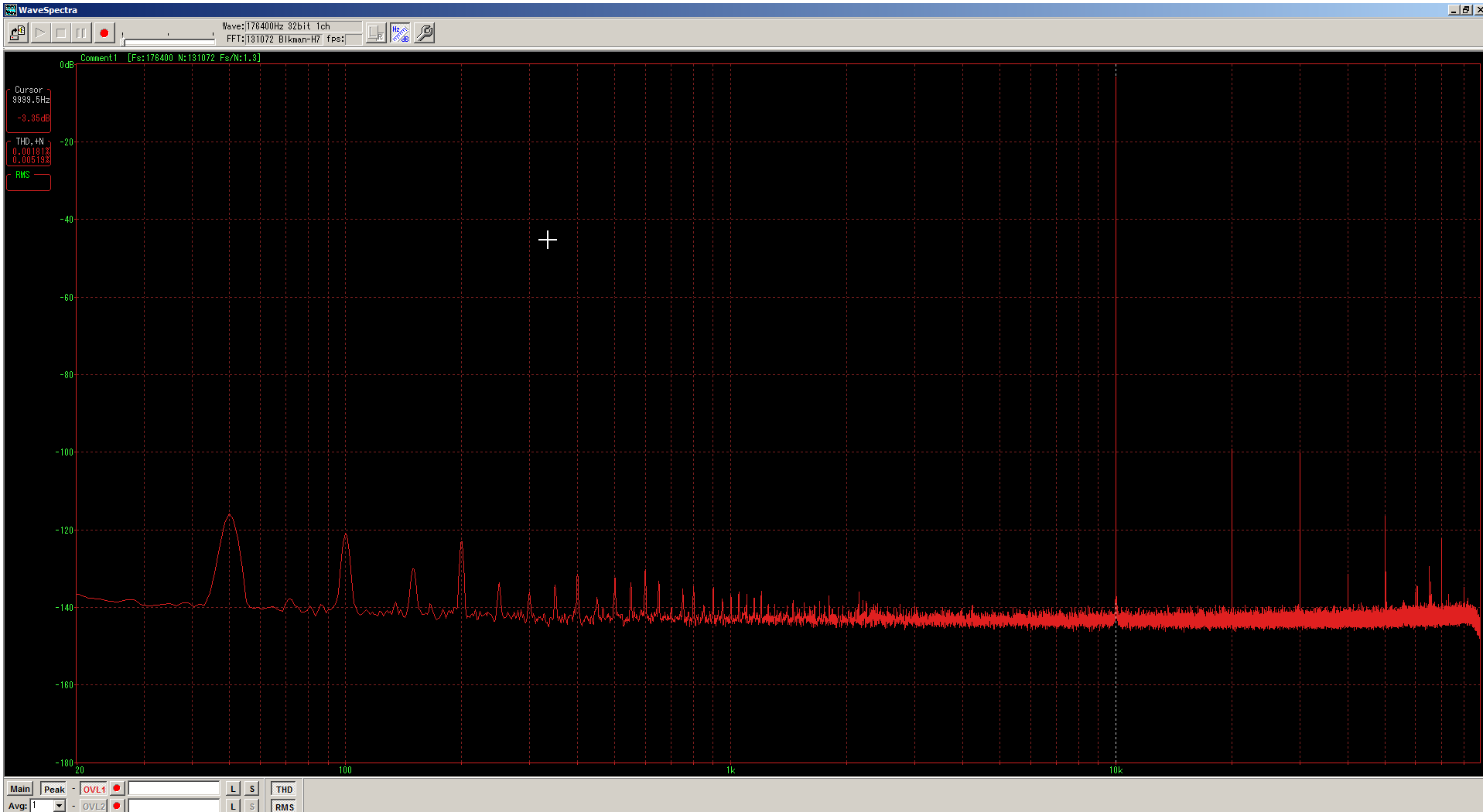
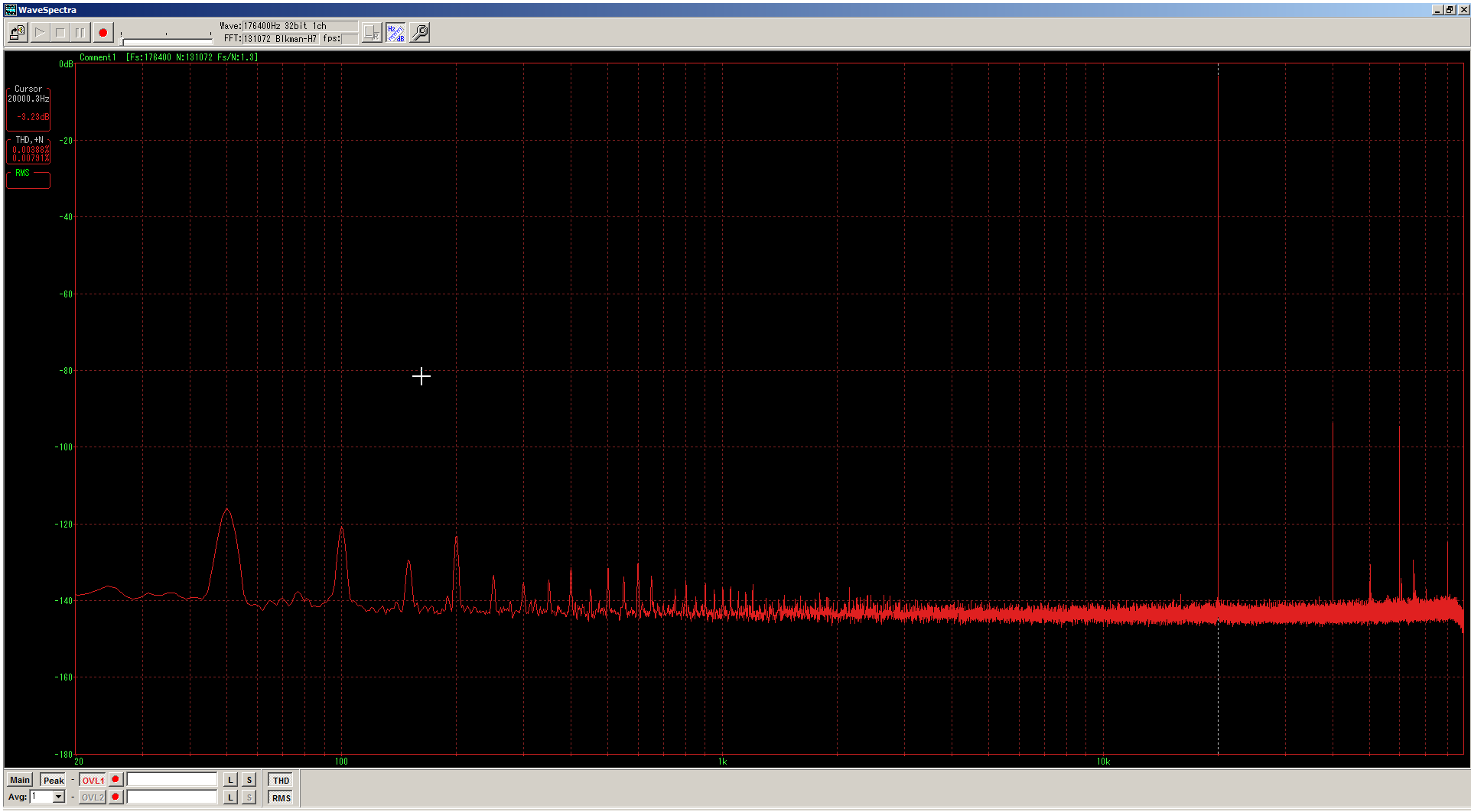
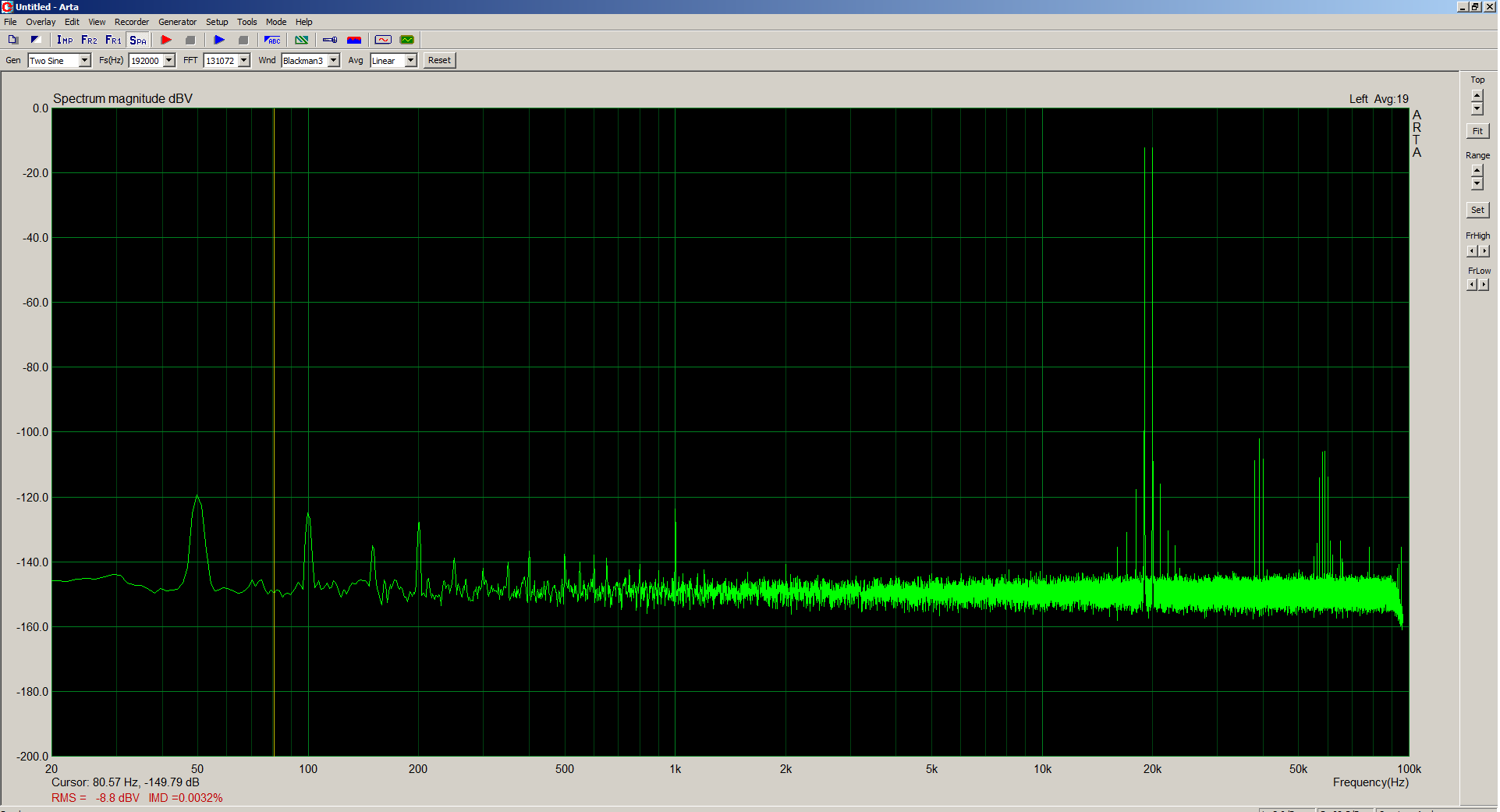
Measuring THD at 1 kHz is not interested for me so I measured THD at 10 and 20 kHz and also did an IMD measurement with 19 and 20 kHz.



The output amplitude was 10V, the load - 48 Ohm (68 Ohm || 150 Ohm). My idea was to do the measurements with 34 Ohm load (2 x 68 Ohm) but at the end it turned out that one resistors was 150 Ohm. I will do the measurements again (of course if there's an interest about), this time with even lower loads.



Hi Richard,
I'll try to answer you in several stages.
1. THD of the Diamond Buffer itself (without NFB) with 8V/1kHz input signal and 60 Ohm load is ~ 0.2%
2. If we want to evaluate how buffer's THD vary with applied NFB loop gain we have to isolate it from the rest of schematic.
I did that and the results are shown on the picture:
Input stage and VAS are substituted with ideal VCVS. Since the real schematic has OLG of aprox. 70dB, VCVS's amplification is set to 4000.
On the picture you can see calculated THDs with VCVS vs. these of the full schematic. It's obvious that they are very close (with exception of 100kHz measurements which is pretty normal). That's why I can say that it's almost all we can squeeze from schematic with 70dB OLG.
3. If we want to lower THDs, we must rise the OLG and hence the loop gain level. Do we really want this? I'm not sure. You can also ask John Curl about his opinion.
4. About slew rate - I gave some values in the pictures above: 374V/us at 38.2V/100kHz output signal.
Regards
Alex
About Diamond Buffer variations:
https://www.diyaudio.com/forums/solid-state/378269-diamond-buffer-variations.html#post6817544
Advantages and disadvantages?
- Home
- Amplifiers
- Headphone Systems
- CFA Headphones amplifier
